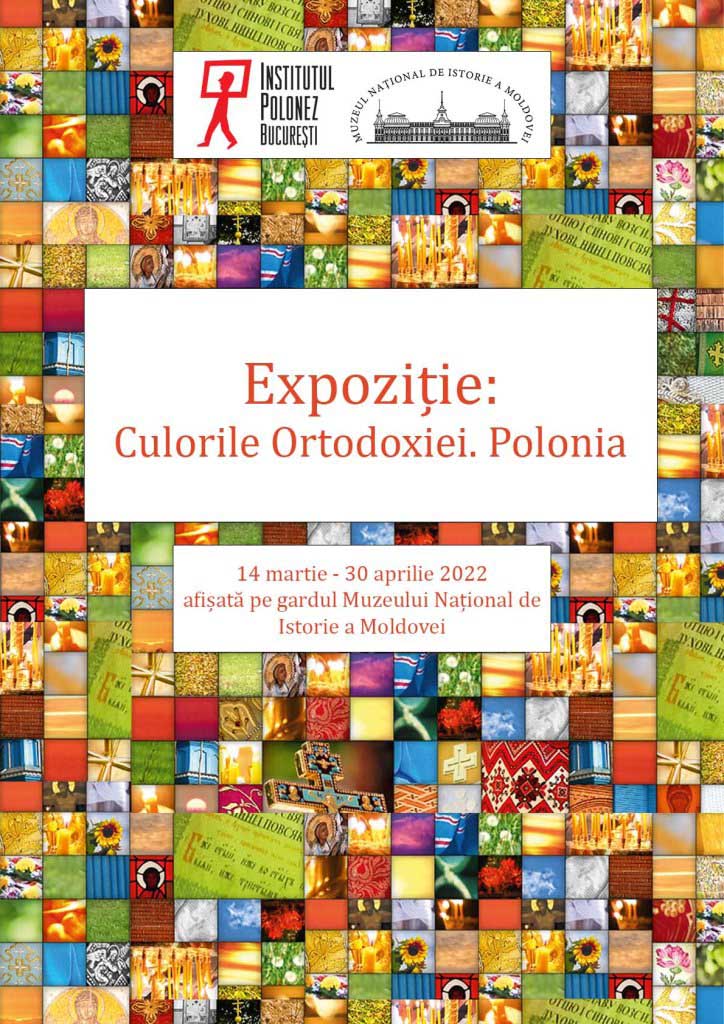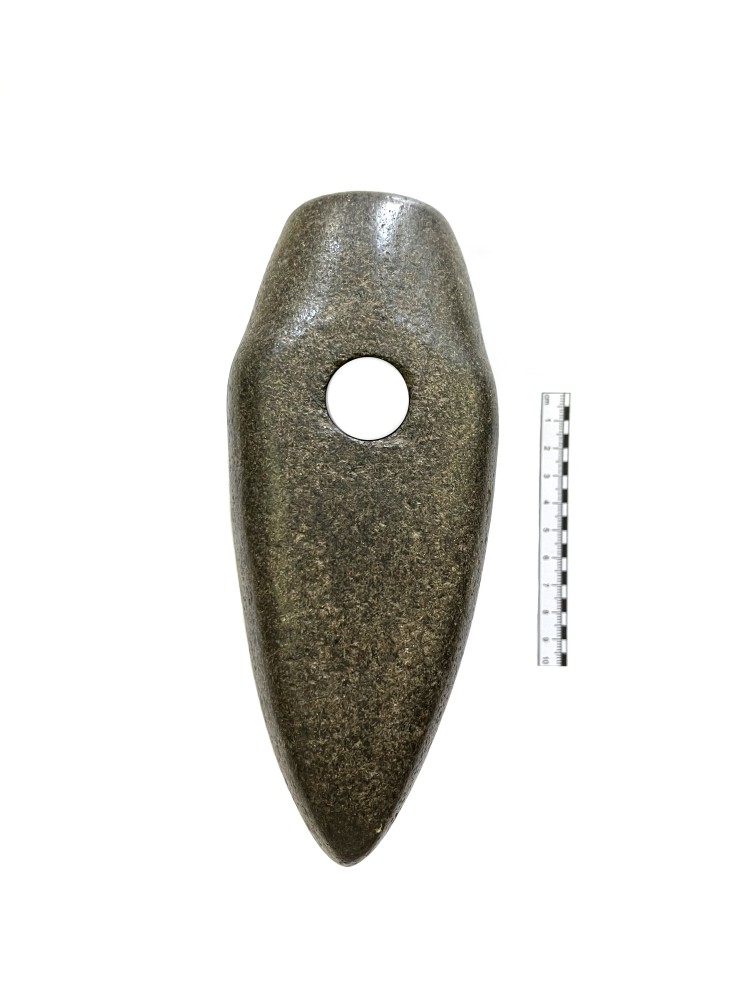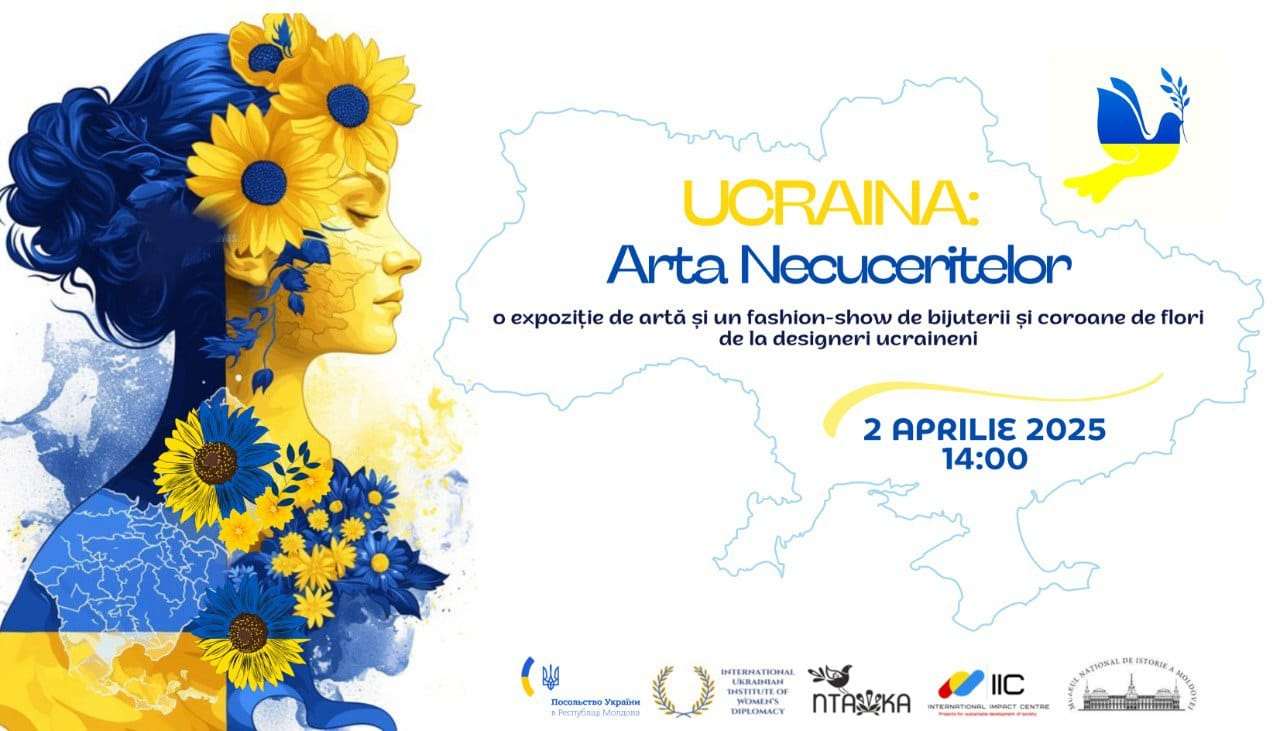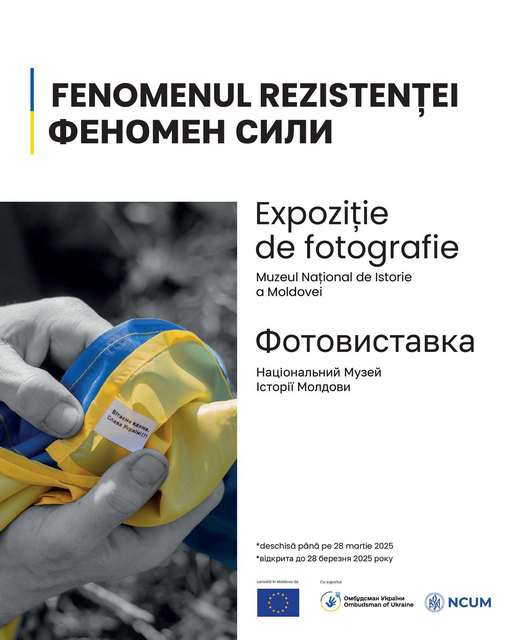 Although the dominant religion in Poland is Catholicism, adherents of the Orthodox and Greek Catholic Church have lived in Polish territory for centuries. Some of their traditions and rich heritage are presented in the exhibition "The Colors of Orthodoxy. Poland", which can be seen from March 14 to April 30, 2022 at the National Museum of History of Moldova, Chisinau.
Although the dominant religion in Poland is Catholicism, adherents of the Orthodox and Greek Catholic Church have lived in Polish territory for centuries. Some of their traditions and rich heritage are presented in the exhibition "The Colors of Orthodoxy. Poland", which can be seen from March 14 to April 30, 2022 at the National Museum of History of Moldova, Chisinau.
The process of Christianization of the Slavs, which began simultaneously with the mission of Saints Cyril and Methodius, took place when the Slavs came into contact with Byzantine culture. Although the Piasts, the first rulers of the Polish territory, converted to Western Christianity in 966, the mission of the two saints spread to the Eastern Slavic territories, including Cherven Cities, Wistulans' state, the territory between the Vistula and Bug rivers. Until the 14th century, Chełm, Podlaskie Voivodeship and the area between the Vistula and Bug rivers were mainly under Russian influence.
The political and cultural role of the Orthodox Church in the Polish territories increased due to the territorial expansion of the Piast dynasty to the east. The ongoing struggles in the eastern territories, as well as the repeated change of borders, have led to the formation of a population with different religions and cultures. Although the number of followers of the Orthodox religion increased significantly, the Orthodox Church was only a tolerated denomination compared to the dominant Roman Catholic Church.
The situation changed considerably with the Union of Brest in 1596 between the Roman Catholic Church and some of the bishops of the Orthodox Church, who recognized the authority of the Pope. Until the beginning of the 18th century, this union, which led to the creation of the Greek Catholic (Uniate) Church, encompassed almost the entire structure of the Western Church on Polish territory (however, the Jabłeczna Monastery remained Orthodox throughout its existence).
After the partition of Poland (in 1772, 1793, 1795), the Greek Catholic Church survived in the territories under Austrian occupation, being, in turn, liquidated in several stages in the territories occupied by the Russians.
On the territory of Poland, revived in 1918, the Orthodox Church faced distrust from the state authorities and association with Russian oppression. In 1924, it received the status of an autocephalous church, but was not recognized by the Russian Church, which granted it the right to autocephaly only after the World War II. The number of believers in the Polish Autocephalous Church declined sharply after World War II as a result of the resettlement of the Ukrainian population in the USSR in 1944 and the resettlement of Poles from the Eastern Bordering Areas to the so-called Restored Territories, that is, to modern western Poland.
According to the latest 2011 census, about 190,000 Orthodox and Greek Catholics live in Poland, or about 0.5% of the country's total population.
Despite the relatively small number of believers, the Orthodox Church is an important part of Polish culture. In some parts of the country (especially in the north-east and south-east), members of the Orthodox Church and the Uniate Church make up the majority of the population or an important part of it (for example in the Podlaskie or Polesie regions).
The beauty of nature, ethnic and cultural diversity, as well as the rich history of these lands attract tourists. Poland also has valuable monuments associated with Eastern churches, and eight wooden churches in the Subcarpathian region are on the UNESCO World Heritage List.
The exhibition "Colors of Orthodoxy. Poland" can be seen at the National Museum of History of Moldova, Chisinau, on the fence from 31 August 1989 Street, 121A, from March 14 to April 30, 2022.















































